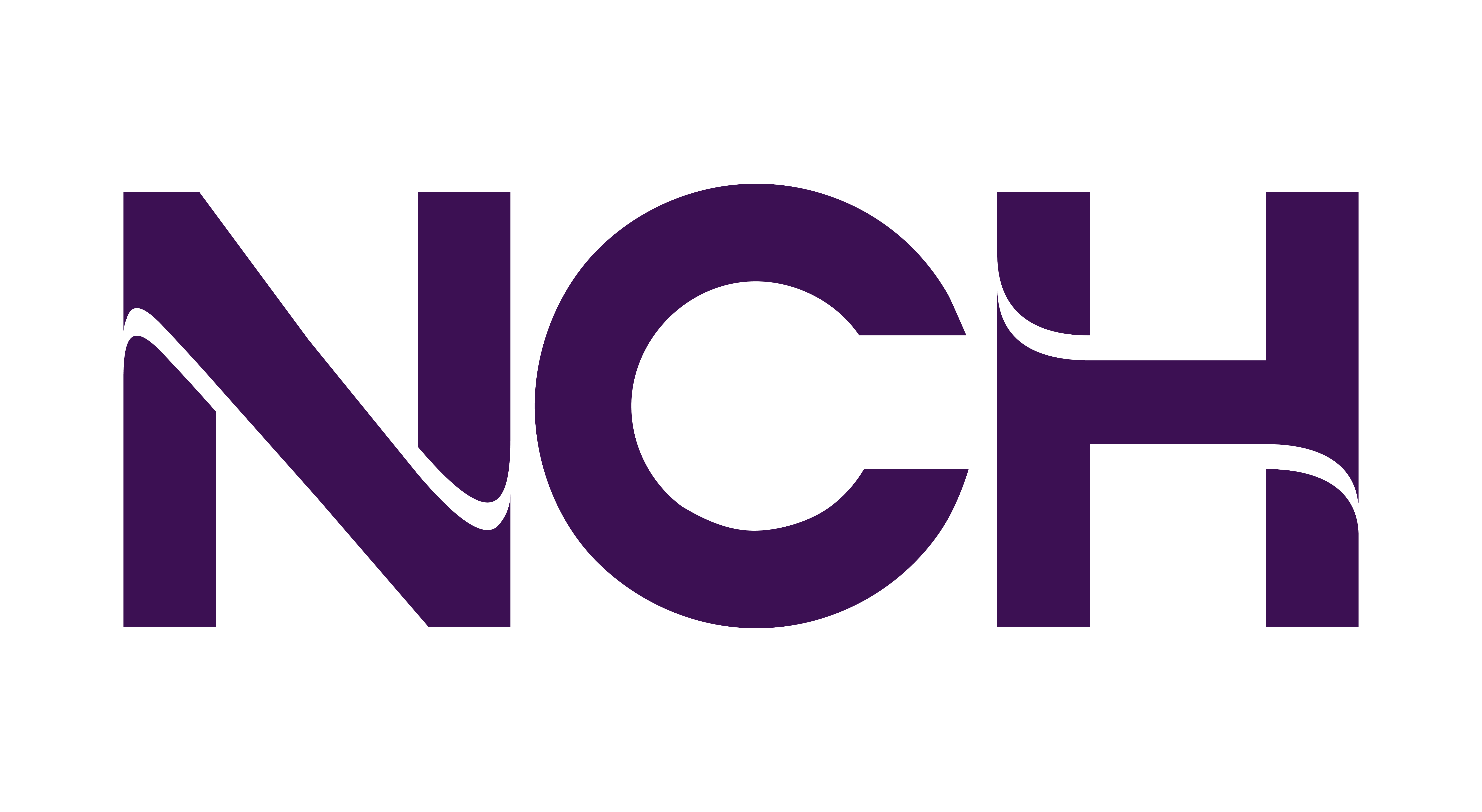Aneurysm Intervention
What Is a Brain Aneurysm?
A brain aneurysm is a bulge in the wall of a brain artery. Arteries are the blood vessels that carry blood to organs, such as the brain. A brain aneurysm can occur in an artery wall that is weak or has a defect. Aneurysm is often linked with hardening of the arteries. Other risk factors include:
- High blood pressure
- Heredity
- Smoking
- Alcohol abuse
- Cocaine abuse
- Head injury
If the bulge in a brain artery tears and bleeds, nearby brain tissue may be damaged. This can cause severe problems or death.
Symptoms
In most cases, a brain aneurysm has no symptoms until it bleeds or tears. Symptoms of this can include:
- Severe headache
- Nausea and vomiting
- Stiff neck
- Brief blackout
- Confusion
- Slow movements
- Clumsiness
- Vision or speech problems
- Paralysis or weakness on one side of the body
- Jerking movements, such as seizures or convulsions
- Coma
Getting Medical Care Fast
A brain aneurysm needs to be assessed right away and treated if possible. This may save a person’s life. After tests are done and the cause is known, the healthcare team will call specialists. Treatment will start right away if the aneurysm has bled.
In some cases, bleeding can only be treated with supportive medical care. If the aneurysm has bled, treatment may not reverse damage to the brain. But surgery may help. It can prevent more bleeding. It can remove trapped blood in and around the brain. And it can relieve extra pressure on the brain. Or other forms of therapy may be done. These include endovascular coiling or microvascular clipping. These can prevent more bleeding.
In some cases, an aneurysm can lead to severe brain injury. This may require medical life support. Sometimes even the most intensive treatment can’t save the person’s life.
Working with the Healthcare Team
Your loved one may be too ill to know what’s going on. You may need to decide on the extent of his or her treatment. The healthcare team will answer any questions you have. Choose only a few family members to talk to the healthcare team. These family members can share what they learn with others. Doing this will make it simpler to keep everyone informed.
Surgery for a Brain Aneurysm
Surgery for an aneurysm is done as soon as possible if it just bled. It is usually not urgent if the aneurysm has not bled. One of two types of surgery is generally used if the aneurysm has not yet burst (ruptured). In open surgery, a part of your skull is removed. In an endovascular procedure, your surgeon goes through the blood vessel leading toward your aneurysm. Treatment may not reverse any damage already done if the aneurysm has ruptured. The goal is to prevent an aneurysm from bleeding.
Open Surgery
Your surgeon reaches your brain through your skull. You will receive sleep medicine (anesthesia) during the surgery. Your surgeon makes a scalp incision, then small holes are made in your skull. The bone between the holes is cut and lifted away. The membrane (dura) is peeled back. Trapped blood and cerebrospinal fluid may be removed. Your surgeon closes off (clips) your aneurysm. Or the artery leading to the aneurysm is sealed off (occluded). The dura and the piece of skull are put back in place. A device that measures the pressure inside your skull or that drains your spinal fluid may be left in one of the small holes.
Clipping the Aneurysm
Your surgeon may put a clip on your aneurysm where it bulges from the artery. This keeps blood from going into the aneurysm. As a result, future bleeding is stopped and nearby brain tissue is protected from more damage. Your surgeon makes sure that the clip is secure before finishing the surgery. This method is done through open surgery.
Occlusion and Bypass
In some cases, it may be best to stop blood flow through the artery leading to your aneurysm. This is called occlusion. In most cases, it is done as open surgery. Sometimes occlusion is combined with a bypass. A bypass sends blood around the occlusion. It brings the blood to the part of your brain that had been fed by the damaged artery. A small blood vessel is used for the bypass.
Endovascular Procedure
For some aneurysms, an endovascular procedure may be best. This is done in an X-ray lab by a specially trained doctor such as an interventional neuroradiologist,a neurosurgeon, or a neurologist. Anesthesia is given to block pain. Then a catheter is guided through the arteries from your groin to your brain. Coils are threaded into your aneurysm. The coils cause a blood clot to form in your aneurysm. This seals it off. This is a very effective and less risky way to treat aneurysms than open surgery. But there is a slightly greater risk that the aneurysm will re-form when compared to clipping. Not all aneurysms can be treated by an endovascular approach. Newer methods are being developed. These include injecting special fluids next to the aneurysm to block it off internally.
Risks and Complications
Risks and complications include:
- Blood clots in the brain, or stroke
- Brain swelling or bleeding
- The surgery can fail to occlude the aneurysm
- Weakness, paralysis, or loss of vision
- Confusion, loss of speech, loss of memory
- Infection
- Spasm in a blood vessel that limits blood flow which can cause you to have a stroke
- Jerking or abnormal movements, loss of consciousness (seizures)
- Swelling of the brain (hydrocephalus)
- Coma
- Death
Hemorrhagic Stroke: Subarachnoid Hemorrhage
A hemorrhagic stroke happens when a blood vessel in the brain ruptures or leaks. A blood vessel on the surface of the brain bursts and bleeds (hemorrhages). This spills blood into the surrounding tissue.The arachnoid is one of the three membranes that surround the brain. In a subarachnoid hemorrhage, the blood leaks under this membrane.
This type of stroke often happens suddenly, with little warning. It is the most serious of all types of strokes.
What Happens During a Subarachnoid Hemorrhage?
This type of stroke happens when a major blood vessel bursts on the surface of the brain. Normally, the space between the brain and the skull is filled with a clear fluid. When the blood vessel bursts, blood flows into the space between the brain and the skull. The amount of fluid in this space increases and puts pressure on the brain. This pressure can damage nearby parts of the brain.
Most of these strokes happen when a cerebral aneurysm bursts. An aneurysm is a weak spot in the wall of a blood vessel. A bubble often forms in this weak spot. In some cases, a cerebral aneurysm causes pain or other symptoms. In most cases, though, an aneurysm causes no symptoms until it bursts.
What are the Symptoms of a Subarachnoid Hemorrhage?
Any stroke is a medical emergency. If you have any of these symptoms, even if they seem to get better, call 911 right away:
- Sudden, excruciating headache with no known cause
- Nausea and vomiting (often with headache)
- Sudden confusion or decrease in alertness
- Trouble moving or loss of feeling, especially on the face, arm, or leg specifically on one side of the body
- Sudden trouble walking, dizziness, loss of balance or coordination
- Sudden trouble talking or understanding speech
- Sudden mood changes
- Sudden dimness, double vision, or loss of vision, particularly in one eye
- Eyes suddenly very sensitive to light
- Neck and shoulder pain or stiff neck
- Seizure
How is a Hemorrhagic Stroke Treated?
The acute phase lasts from the first minutes to hours after symptoms start. During this phase, treatment focuses on relieving pressure on the brain and preventing further damage. A procedure or surgery may be done to repair the ruptured (burst) aneurysm. A drain may be placed into the brain to relieve pressure. Medicines to control blood pressure may be given through an IV line. Seizure medicine is often given. Tests will likely be done to check for other aneurysms in the brain. If they are found, surgery may be done to reduce the risk that they will burst and bleed.
After the acute phase, treatment focuses on recovery. Long-term damage from a stroke can include paralysis, trouble speaking or understanding and trouble thinking clearly. Rehabilitation (rehab) can help reduce these effects and regain skills. Rehab starts in the hospital and generally continues in an inpatient or outpatient facility and eventually at home. It will focus on regaining lost skills. It may include:
- Help regaining movement
- Therapy for speech and language
- Help with swallowing
- Help reducing risk factors for another stroke, such as smoking
In addition, medicines that help prevent another stroke may be given. These include medicines to control blood pressure and prevent bleeding.
- 239-624-5000
- 24/7/365
- Map and Directions
- 239-624-4200
- 24/7/365
- Map and Directions
- 239-624-8700
- 24/7/365
- Map and Directions
- 239-624-6900
- 24/7/365
- Map and Directions
Our Services
- Teleneurology >
- Brain vessel imaging >
- Clinical and interventional
- Neurology brain
- Mechanical thrombectomy >
- Aneurysm coiling >
- Carotid stenting >
Related Articles
By the Numbers
15,145 +
2018 STROKE ALERTS
119 +
2018 TPA CASES
815 +
2018 CONFIRMED STROKES
125 +
2018 INTERVENTIONAL CASES




